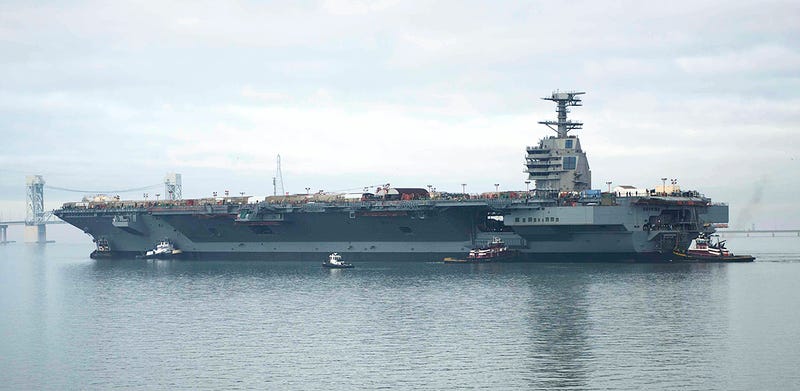User-centric Design – Volvo Example

An interesting post at Autoblog has some data about product usability:
“Volvo CEO Stefan Jacoby has said his company’s products are “too complicated for the consumer,” according to Automotive News. Jacoby said 75 percent of Volvo customers don’t know “all the possibilities they have with their car.” He contrasted the automaker with Apple’s intuitive products, which make consumers feel in control of a device instead of overwhelmed by its capabilities.
In the past, we have discussed user-centric design and what we can learn from Apple. It is relatively easy to design pure hardware or software user interfaces. It is also relatively easy to manage pure hardware or pure software development efforts. Challenges arise when the product integrates custom hardware with integrated software: As development cycles, design processes and testing methodology tend to be quite different. What is a potential solution?Read More



